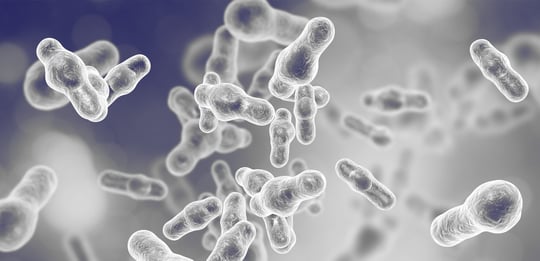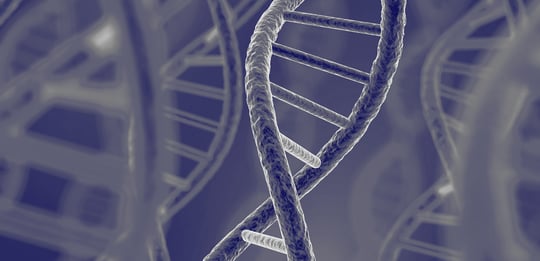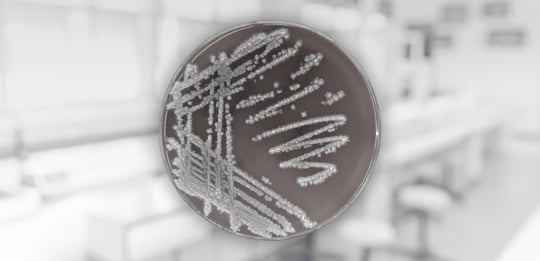
A discussion with Professor Emeritus Atte von Wright, Scientific Advisor at Biosafe
“People often think bacterial genetics is boring because bacteria don’t reproduce sexually. That’s a serious misconception,” began Professor Atte von Wright as he opened the latest session in Biosafe’s microbiology webinar series.
Although bacteria do not reproduce sexually, their genomes are remarkably dynamic. They can exchange, rearrange and recombine DNA in ways that allow them to adapt and survive at astonishing speed. This constant genetic movement underpins both microbial evolution and the global spread of antimicrobial resistance.
Bacteria without borders
Bacteria have two ways to pass on their genes: vertically from parent to offspring, and horizontally between unrelated individuals.
Horizontal gene transfer, or HGT, lets bacteria share genes across species and ecosystems. It takes three main forms: transduction, transformation and conjugation.
-
In transduction, viruses called bacteriophages carry DNA from one bacterium to another. Some phages integrate into bacterial chromosomes as prophages, lying dormant until activated by stress. These may carry toxin or resistance genes that influence the pathogenicity of their host.
-
Transformation occurs when certain bacteria take up free DNA from their environment and integrate it into their genome. First observed in the 1920s, it provided the earliest proof that DNA, rather than protein, is the material of inheritance.
-
Conjugation is the most significant mechanism for safety considerations. It involves direct cell-to-cell contact, during which plasmids are transferred. These plasmids often contain antimicrobial resistance genes and can move between unrelated bacterial species, making conjugation a major driver of resistance dissemination.
Jumping genes inside the genome
Even without help from other organisms, bacteria continuously reorganise their own genetic material through mobile genetic elements. These include insertion sequences and transposons that can relocate within the genome, sometimes carrying resistance genes with them. Other elements, such as integrative and conjugative elements, combine the characteristics of plasmids and transposons to enable larger gene movements. Integrons act as platforms that capture and express gene cassettes, many of which encode antibiotic resistance.
This genomic flexibility, combined with short generation times, explains why bacteria adapt so rapidly to selective pressures such as antibiotic exposure.
Why regulators care about gene mobility
In the context of safety assessment of microorganisms intentionally added in the food chain, the key question is not whether a bacterium contains a resistance gene, but whether that gene is transferable. The European Food Safety Authority (EFSA) distinguishes between intrinsic and acquired resistance.
Intrinsic resistance is naturally present in all strains of a species and is usually chromosomal, meaning it poses little risk of transfer. Acquired resistance, by contrast, occurs only in some strains and is often associated with mobile elements, which makes it a potential hazard.
Professor von Wright points out that if a resistance gene is firmly embedded in the chromosome and unlinked to mobile elements, its transfer probability can be extremely low, comparable to a single point mutation. For regulators and applicants alike, the distinction is crucial: mobility determines risk.
A moving target for innovation
For developers of microbial strains, probiotics or production organisms, understanding how genes move is essential for regulatory approval. Risk assessment depends not just on detecting resistance genes, but on interpreting their mobility and ecological context.
At Biosafe, our microbiologists and bioinformaticians analyse these details daily. We trace which genes are stable and which may pose a transfer risk, so that our clients can make confident, well-supported safety claims.
Continue the conversation
This topic was discussed in Biosafe’s webinar series with Professor Atte von Wright, which explores the scientific principles behind microbial safety assessment. The next session will focus on genetic induction and antimicrobial resistance, examining how stress can trigger the activation of dormant genes and alter a strain’s safety profile.
Contact our experts!
|
|
|














